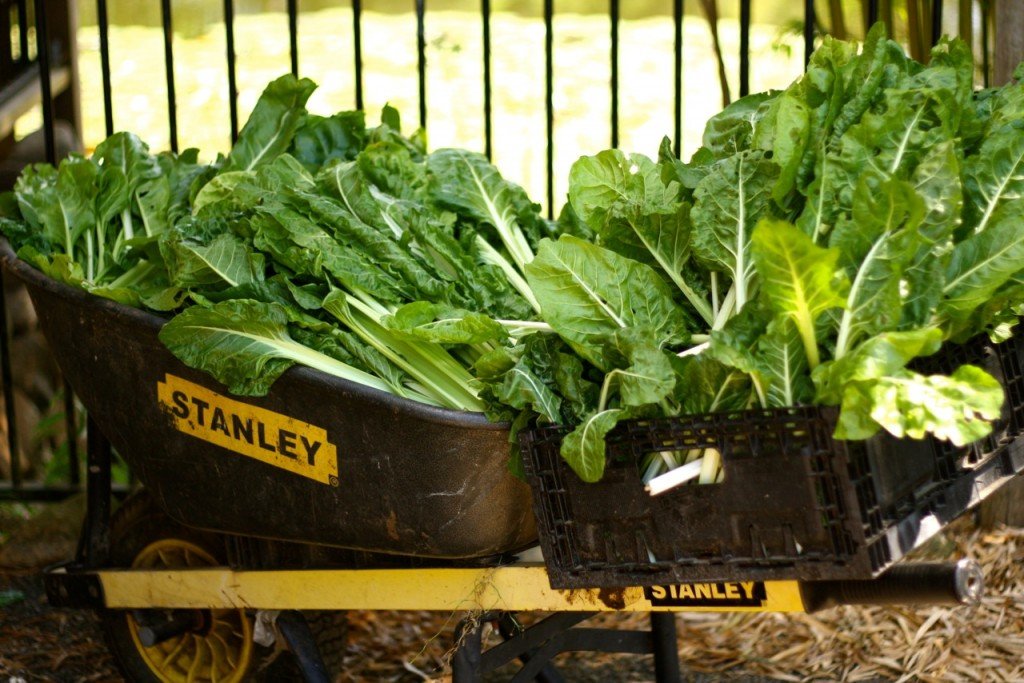
According to a new research finding published in the journal Applied and Environmental Microbiology, farmers should wait at least 24 hours to harvest, after a rain or irrigation event, to protect consumers from food borne illness.
A growing body of evidences suggests that, there is strong link between foodborne outbreaks and fresh produce. In the United States it is reported that, 46 percent of the foodborne outbreaks between 1998 and 2008 was attributed to fresh produce, which was more than twice that attributed to meat (22 percent).
As a consequence, the safety of fresh produce has come under scrutiny, and is also negatively hitting the produce growers, the food industry and local economies. For example in 2011 in US, there was an outbreak of listeriosis, linked to fresh cantaloupes. This triggered instability in cantaloupe market, as the cantaloupe consumption dropped by 53 percent nationwide. What happens in such situations is that, consumers avoid products associated with outbreaks, even though the outbreaks are due to point source events.
Although, most listeriosis outbreaks associated with fresh produce are traced back to processing environments, it is observed that, even a low-level isolated contamination of produce in production environments can result in the pathogen proliferation, and widespread contamination throughout the supply chain.
Therefore, in order to minimize the pre-harvest contamination, it is essential to understand how spatial factors like proximity to water, roads and temporal factors such as, time since a rain event or irrigation, influences the probability of contamination in produce environments.
Rain and irrigation events have long been associated with an increased prevalence of foodborne pathogens in produce production environments. Thus this study aimed to investigate this association between rain/irrigation events and foodborne pathogen prevalence.
Dr. Laura K. Strawn, from Virginia Polytechnic University
In addition to quantifying the effects of various spatial and temporal factors, researchers tried to determine the impact of rain and irrigation events on Listeria species and L. monocytogenes diversity in spinach fields, with an ultimate objective to identify potential mitigation strategies that can reduce the risk of produce contamination at the pre-harvest level.
Two spinach fields were sampled 24, 48, 72 and 144-196 hours after irrigation and rain events. Out of the two fields one had a higher expected risk (a function of the field’s proximity to water and roads) for L. monocytogenes isolation. In total, 1492 samples comprising of water, leaf and fecal matter were collected for the analysis.
Researchers testing fields at various locations throughout New York found that after rain or irrigation events, the chances of finding Listeria were 25 times greater. But once the field dries out for atleast 24 hours, the chances of detecting Listeria drops dramatically, to levels similar to baseline.
We found that the odds of isolating Listeria monocytogenes from spinach fields were highest during the 24 h immediately following irrigation and rain events, we also observed that the predicted high risk field i.e. the one which was in close proximity to surface water and had high soil moisture, had a significantly higher prevalence of L. monocytogenes than the predicted low risk field.
Dr. Laura Strawn.
Rain and irrigation events create soil conditions that are more hospitable to Listeria monocytogenes, which when ingested may cause the illness Listeriosis. “Rain and irrigation, both are potential sources of contamination. We found the diversity of L. monocytogenes strains isolated following rain events was significantly greater than that of strains isolated after irrigation events” explains, Dr. Laura.
This can be explained by the fact that, irrigation can be a point source for Listeria contamination, while rain increases Listeria prevalence through non-point source mechanisms. Runoff’s and splash associated with rain events help the pathogens to bypass physical barriers by moving into and within fields. Also, rains create favorable conditions like higher soil moisture, higher nutrient loads due to runoff, thereby facilitating foodborne pathogens to proliferate and grow in fields.
It is also observed that, the closer a field or location is to a road, the greater the likelihood of L. monocytogenes prevalence. Roadside ditches, like surface water, may act as a reservoir and transmission pathway for foodborne pathogens in produce productions environments. Heavy rain, melting snow, wind, flooding, and human activities may also act as mechanisms for the spread of foodborne pathogens from ditches and waterways to produce fields. Additionally, roads, roadside ditches and riparian areas may act as corridors for animal movement. Therefore, fields that are closer to roads and water may be at greater risk for animal intrusion – a well known carrier of foodborne pathogens.
The problems of the world are becoming increasingly complex but the answers remain embarrassingly simple. The research suggests that small changes in farm management practices, such as waiting 24 hours to harvest or treating irrigation water can make big food safety impacts by reducing the likelihood of produce contamination. We hope to perform similar research looking at other foodborne pathogens, such as Salmonella or E. coli, to investigate if these other foodborne pathogens behave similarly or different.
Dr. Laura Strawn
Similar past studies have found that, constructing buffer zones or conserving wetlands around fields near to water bodies or roads, altering cropping schemes i.e. planting high risk crops in low risk fields, help reduce the risk of microbial contamination in produce production environments.
Reference:
Spatial and temporal factors associated with an increased prevalence of Listeria monocytogenes in New York State spinach fields, Daniel Weller, Martin Wiedmann and Laura Strawn, Applied and Environmental Microbiology. AEM.01286-15, 26 June 2015.













